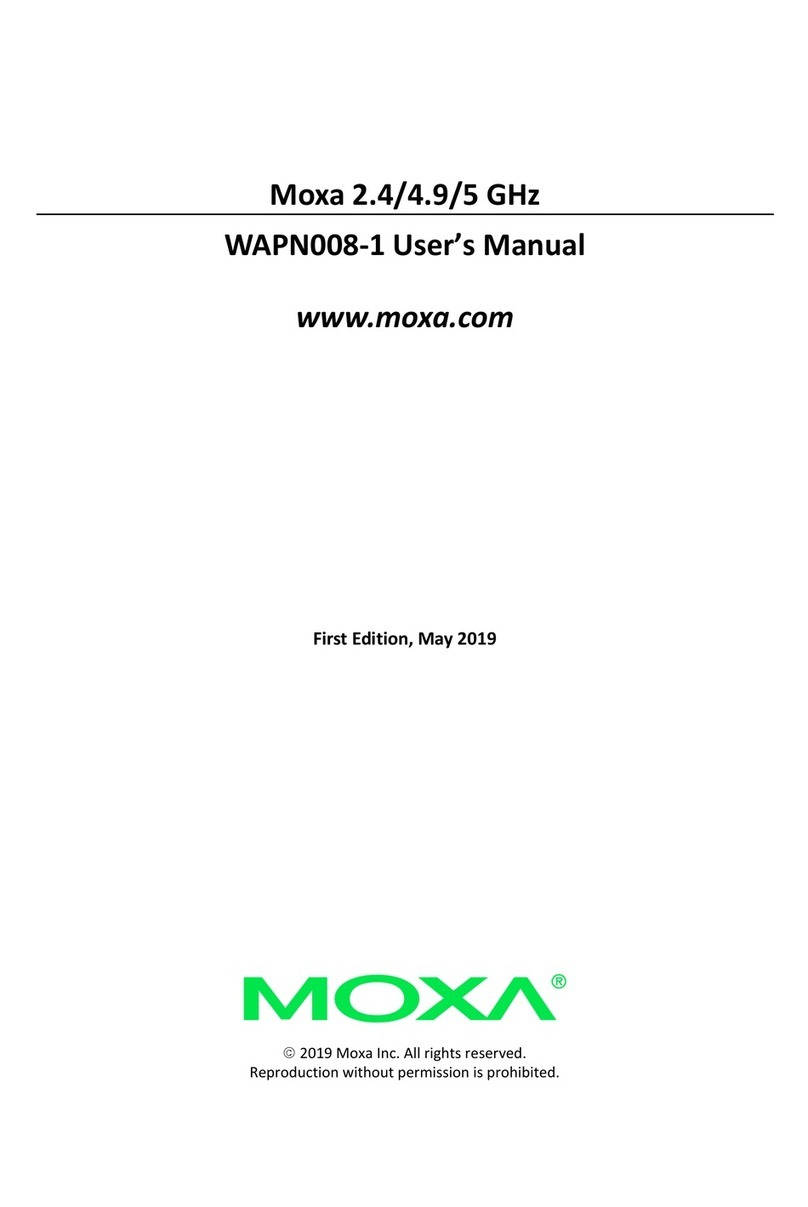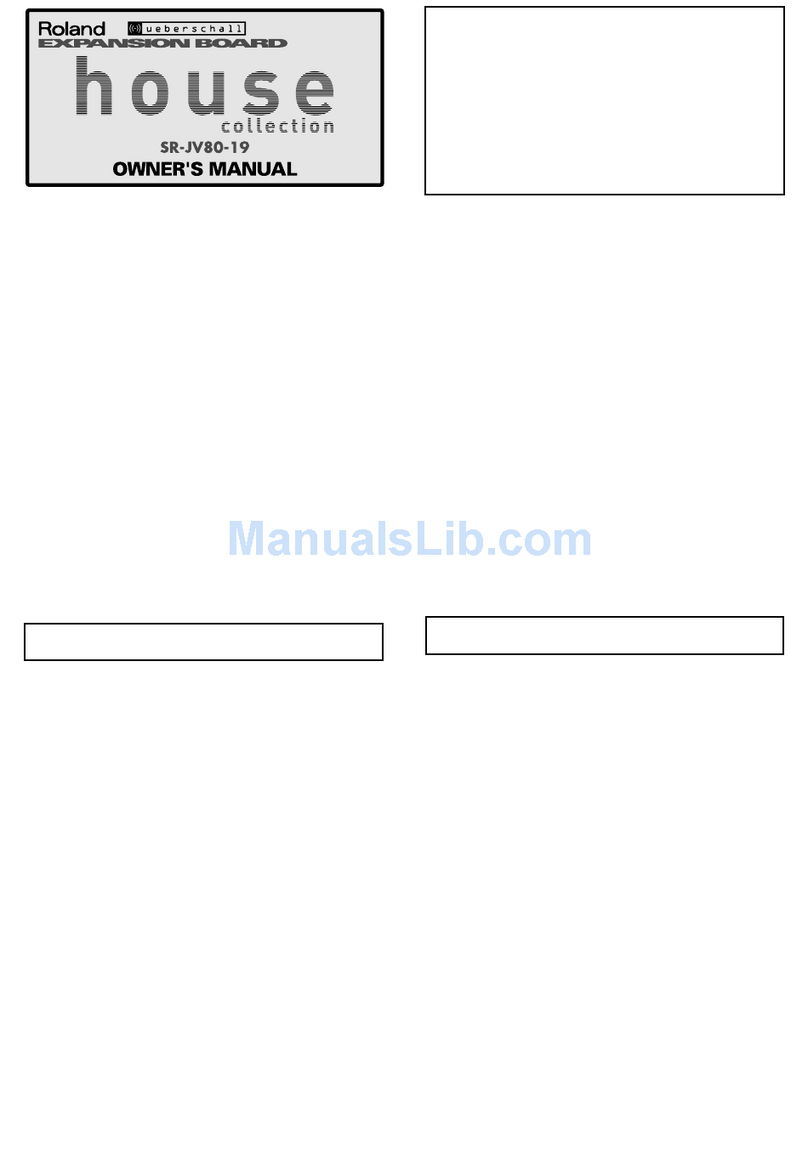AUTOFLAME Mk7 User manual

Mk7 Manual:
Expansion Board
Set-Up Guide


Mk7 Manual:
Expansion Board Set-Up Guide
Issued by:
AUTOFLAME ENGINEERING LTD
Unit 1-2, Concorde Business Centre
Airport Industrial Estate, Wireless Road
Biggin Hill, Kent TN16 3YN
Tel: +44 (0)845 872 2000
Fax: +44 (0)845 872 2010
Email: [email protected]
Website: http://www.autoflame.com/
Registered Holder:
Company:
Department:
This manual and all the information contained herein is copyright of
Autoflame Engineering Ltd. It may not be copied in the whole or part without
the consent of the Managing Director.
Autoflame Engineering Ltd’s policy is one of continuous improvement in both
design and manufacture. We therefore reserve the right to amend
specifications and/pr data without prior notice. All details contained in this
manual are correct at the time of going to print.


Important Notes
A knowledge of combustion related procedures and commissioning is essential before
embarking work on any of the M.M./E.G.A. systems. This is for safety reasons and
effective use of the M.M./ E.G.A. system. Hands on training is required. For details on
schedules and fees relating to group training courses and individual instruction, please
contact the Autoflame Engineering Ltd. offices at the address listed on the front.
Short Form - General Terms and Conditions
A full statement of our business terms and conditions are printed on the reverse of all
invoices. A copy of these can be issued upon application, if requested in writing.
The System equipment and control concepts referred to in this Manual MUST be installed,
commissioned and applied by personnel skilled in the various technical disciplines that
are inherent to the Autoflame product range, i.e. combustion, electrical and control.
The sale of Autoflame’s systems and equipment referred to in this Manual assume that
the dealer, purchaser and installer has the necessary skills at his disposal. i.e. A high
degree of combustion engineering experience, and a thorough understanding of the
local electrical codes of practice concerning boilers, burners and their ancillary systems
and equipment.
Autoflame’s warranty from point of sale is two years on all electronic systems and
components.
One year on all mechanical systems, components and sensors.
The warranty assumes that all equipment supplied will be used for the purpose that
it was intended and in strict compliance with our technical recommendations. Auto-
flame’s warranty and guarantee is limited strictly to product build quality, and design.
Excluded absolutely are any claims arising from misapplication, incorrect installation
and/or incorrect commissioning.


Contents
1INTRODUCTION ...................................................................................................... 1
1.1 Overview of Water Level Control............................................................................................1
1.1.1 Water Level Control Philosophy ......................................................................................1
1.1.2 Water Level Schematic ....................................................................................................2
1.2 Water Level Features...............................................................................................................3
2SET-UP..................................................................................................................... 5
2.1 Expansion Board Wiring and Dimensions ...............................................................................5
2.1.1 Wiring Diagram...............................................................................................................5
2.1.2 Dimensions.......................................................................................................................6
2.1.3 Terminals Description.......................................................................................................7
2.1.4 Electrical Specification .................................................................................................. 10
2.2 Options................................................................................................................................. 11
2.3 Commissioning Water Level.................................................................................................. 20
2.3.1 Commissioning Procedure............................................................................................. 20
2.3.2 Operational Checks...................................................................................................... 23
2.4 First Outs Set-Up ................................................................................................................... 24
2.5 Integrating Other Water Level Controls with Autoflame....................................................... 26
3WATER LEVEL PROBES ........................................................................................... 27
3.1 Breaking Bubbles/Spray....................................................................................................... 27
3.1.1 Thermal Currents (heat energy in water)...................................................................... 27
3.1.2 Steam Flow Induced Surge ........................................................................................... 28
3.1.3 Foaming........................................................................................................................ 28
3.2 Schematic Explanation of the Water Level Probe Operation ............................................... 29
3.2.1 Capacitance Probe ....................................................................................................... 30
3.3 Schematic of the Probe Sampling Software .......................................................................... 31
3.4 Capacitance Probe – Externally Mounted Pots .................................................................... 32
3.5 Capacitance Probe – Internally Mounted Pots ..................................................................... 34
3.6 Capacitance Probe – Installation for a Water Tube Boiler ................................................... 36
3.7 External Probe Chamber Dimensions ................................................................................... 37
3.8 Capacitance Probe Specification.......................................................................................... 38
3.8.1 Capacitance Probes Terminals...................................................................................... 38
3.8.2 Water Level Treatment.................................................................................................. 39
3.9 2nd Low Probe........................................................................................................................ 40
3.10 Modulating Feed Water Valve ............................................................................................. 41
3.10.1 Feed Water Valve Exploded Diagram ......................................................................... 41

3.10.2 Feed Water Valve Specification ................................................................................... 42
3.10.3 Bronze Liner.................................................................................................................. 43
3.10.4 Replacing the bronze liner............................................................................................ 43
3.10.5 Feed Water Valve Sizing Calculations ......................................................................... 44
3.10.6 Flanged Feed Water Valve........................................................................................... 45
3.10.7 Threaded Feed Water Valve ........................................................................................ 46
3.10.8 Replacing the Servomotor for a Feed water Valve....................................................... 48
3.10.9 Storage, Operation and Maintenance ......................................................................... 50
4TOTAL DISSOLVED SOLIDS MANAGEMENT............................................................ 51
4.1 Philosophy of TDS Control System ........................................................................................ 51
4.2 TDS Probe Calibration .......................................................................................................... 52
4.3 Method of TDS Control......................................................................................................... 56
4.3.1 Timing Diagram ............................................................................................................ 56
4.3.2 Continuous TDS Blowdown........................................................................................... 57
4.3.3 Solenoid Valve TDS Blowdown .................................................................................... 57
4.3.4 Installation of TDS Probe Assembly .............................................................................. 58
4.4 TDS Probe and Autoflame Sampling Vessel ......................................................................... 59
4.5 Top Blowdown Adjusters ...................................................................................................... 60
4.6 Sample Routine..................................................................................................................... 62
4.7 Relationship between Conductivity, Temp and TDS Values .................................................. 63
5BOTTOM BLOWDOWN.......................................................................................... 64
5.1 Overview of Bottom Blowdown ............................................................................................ 64
5.1.1 Features and Benefits.................................................................................................... 64
5.1.2 Bottom Blowdown Time Reduction................................................................................ 65
5.1.3 Bottom Blowdown Valve Drawings............................................................................... 68
5.1.4 Front Facia and Dimensions.......................................................................................... 70
5.2 Bottom Blowdown Configuration .......................................................................................... 71
5.2.1 Bottom Blowdown Options ........................................................................................... 71
5.2.2 Commissioning Bottom Blowdown Module with M.M. ................................................. 75
5.2.3 Battery Test ................................................................................................................... 79
5.2.4 Bottom Blowdown Timer Configuration ........................................................................ 80
5.3 Commissioning Standalone Bottom Blowdown Module........................................................ 83
5.4 Bottom Blowdown Operation ............................................................................................... 87
5.5 Further Bottom Blowdown Time Reduction Savings Calculations .......................................... 90
5.6 Shunt Switch ......................................................................................................................... 96
5.6.1 Shunt Switch Philosophy ............................................................................................... 96
6STEAM AND HEAT FLOW METERING ...................................................................... 97

6.1 Steam Flow Metering............................................................................................................ 97
6.1.1 Steam Flow Metering Incorporating a Deaerator....................................................... 102
6.1.2 Calculations for Steam Flow Metering with Deaerator............................................... 103
6.1.3 Steam Flow Metering without Deaerator.................................................................... 104
6.1.4 Steam Flow Metering without Deaerator, with Economiser ........................................ 105
6.1.5 Steam Flow Metering with Deaerator......................................................................... 106
6.1.6 Steam Flow Metering with Deaerator and Economiser .............................................. 107
6.1.7 Steam Flow Metering with Deaerator and Feed water Sensor................................... 108
6.2 Heat Flow Metering............................................................................................................ 109
6.2.1 Calculation for Heat Output and Volume Flow........................................................... 109
6.2.2 Heat Flow Metering Calculation ................................................................................. 110
6.2.3 Heat Flow Metering.................................................................................................... 111
6.2.4 Heat Flow Metering with Economiser ......................................................................... 112
7DRAFT CONTROL ................................................................................................. 113
7.1 Introduction to Draft control ............................................................................................... 113
7.2 Autoflame Fully Integrated Draft Control ........................................................................... 113
7.3 Set-Up ................................................................................................................................. 115
7.3.1 Terminals..................................................................................................................... 115
7.3.2 Draft Control Expansion Options................................................................................ 115
7.4 Commissioning with Draft Control ...................................................................................... 117
7.5 Draft Control Operation ..................................................................................................... 132
7.5.1 Deactivation Window ................................................................................................. 132
7.5.2 Trim Operation ........................................................................................................... 134
8TROUBLESHOOTING AND DIAGNOSTICS ............................................................ 135
8.1 Expansion Alarms............................................................................................................... 135


1 INTRODUCTION
1.1 Overview of Water Level Control
1.1.1 Water Level Control Philosophy
The Autoflame water level control focuses on safety and accuracy in controlling the water level in a
steam boiler. The system has a typical level control accuracy of ± 2mm in still water. This accuracy is
maintained during normal operation by Autoflame’s patented “wave signature and turbulence
management” software.
The system safety is guaranteed as the level measurement is managed by two identical capacitance
probes both of which measure and control to the level switching points entered at the time of
commissioning.
Both probes control typically “high level”, “required level”, “first low” and “second low”. The actual
water level readings taken from both the probes are constantly compared and checked against each
other, as well the commissioned water levels. When controlling the required level this data stream is
combined with a PI algorithm which controls either the two port feed water control valve or the
variable speed drive to the feed water pump. Each probe is self-checked for electrical and mechanical
integrity by hardware references and self-checking software routines. Each probe and its control
electronics are compensated for ambient temperature variations and component drift, guaranteeing
absolute safety of operation.
By our method the probes control the required level by learning the wave signature and managing the
turbulence within the boiler shell. This “wave signature management” takes into account the changes in
burner firing rate and any variance in pressure in the boiler shell. Incorporated within the system
hardware are all necessary electronic switching functions to control audible alarms, mute/reset and
indication lights required to meet standard North American and European codes. Safety, accuracy and
integrity are guaranteed.
Movement Detection of Water
When the burner is running it is expected that a wave turbulence signature of in excess of 20Hz / 1mm
will always be present (due to vibration of thermal energy). Both probes are checked for this value.
The default setting is 20Hz, a range of 0-100Hz is possible, if set to ‘0’ this feature is turned off. This
feature ensures that either probe cannot read a still water condition when the burner is running. This
safety check ensures no static or stuck value can be accepted, thereby checking that the probes are in
water.
Swell Management
When there is a sudden drop in boiler pressure an increase in water level will be observed. This is due
to the expansion of the steam bubbles in the water causing the water level to increase. It follows that
the water feed would then turn off or go to a low flow condition. The Autoflame system identifies this
ambiguous condition by monitoring the sudden increase in burner firing rate to meet the load demand
and increases the “required water level” by up to 50% of the distance between normal “required
level” and “high water level”. When normal conditions are reinstated and the boiler firing rate
stabilises, the “required level” returns to the normal setting. This stops spurious shut downs due to 1st
low being switched during these transient conditions. The Autoflame system knows what the firing rate
and boiler pressure is at any one time and uses this information to identify the above condition. This
feature is one of the main elements in the patent claim.
1 Introduction
October 2014
Mk7 Manual: Expansion Board Set-Up Guide
Page 1

1.1.2 Water Level Schematic
1 Introduction
Page 2
Mk7 Manual: Expansion Board Set-Up Guide
October 2014

1.2 Water Level Features
The Mk7 Expansion Board is used in conjunction with the Mk7 Micro-Modulation (M.M.) burner
controller to report and control levels of water within industrial steam boilers. The intelligent water level
control includes high water alarms, 1st low and 2nd low alarms. Alarm level reporting deals with the
ability to determine whether the current water level in the boiler is above or below a predetermined
level. These levels vary with each installation, and must therefore be programmed on site by a qualified
commissioning engineer.
Intelligent Water Level Control
The feed water flow is managed by 3-element control, in response to the water level measured by the
capacitance/frequency readings, boiler pressure and the burner’s firing rate. The flow is controlled by
a fully modulating feed water/VSD or by using an on/off signal from a feed water pump. The
Autoflame 3-element level control has been granted a worldwide patent; being the only system that
can combine firing rate, steam pressure and water level within one controller for the purpose of
improving feed water control. Safety, accuracy and integrity are guaranteed.
The two capacitance probes control up to seven operational levels including:
High high level
High level
Pre-high level
Control point or pump on/off levels
Pre-1st low level
1st low level
2nd low level
End of probe level
The capacitance readings are constantly checked between both of the probes, the commissioned value
and an internal hardware reference capacitor (to account for long term drift and temperature
variations).
Both probes have a self-checking feature for mechanical and electrical integrity. The commissioned
levels by the capacitance probes have an accuracy of ± 2mm repeatability.
The patented movement detection of water feature ensures that no static value can be accepted, i.e.
the probes are in turbulent water.
The swell management feature prevents intermittent shutdowns from the 1st low being switching due to
increases in steam requirements. The Autoflame Micro-Modulation (M.M.) module knows the firing rate
and boiler pressure, and accommodates for this transient condition by increasing the ‘control point’
level.
The commissioning procedure for water level control, with a Mk7 M.M. unit and Mk7 Expansion
Board, is extremely time-efficient and can be performed at operating pressure.
It is ideal to maintain an amount of water in the boiler appropriate to the amount of steam being
generated. Should the water level drop below this ideal level by an excessive amount, it is necessary
to stop the burner firing. If there is insufficient water in the boiler damage may occur to its structure.
In extreme cases there is the potential for the boiler to explode. The water level control herein is
designed to maintain a satisfactory level of water in the boiler, whilst controlling and reporting low
water level conditions.
1 Introduction
October 2014
Mk7 Manual: Expansion Board Set-Up Guide
Page 3

These are the main water levels:
High Water:
A high water level, although not dangerous is undesirable as water may infiltrate the steam header. If
the boiler water level goes above this point the burner may or may not continue to run depending on
the system configuration. If a high water level condition is detected high water audible and visual
indicators are activated to notify the user. The audible indicator may be muted by means of the
mute/reset push button.
Pre High
A pre high level, is a pre warning before the water level reaches the high level. A visible alarm is
shown. The alarm will reset once the water level is below the commissioned value.
Control Point:
Ideal water level regulation point. There are no audible or visual indicators active.
Pre Low
A pre low level, is a pre warning before the water level reaches 1st low. An audible and visual alarm
is indicated. The alarm can be muted via the mute/reset button. The burner will not turn off; alarms will
be reset once the water level is above the commissioned value.
1st Low:
A 1st low water level is a point below the control point at which the burner will turn off. If the water
level falls below this point 1st low audible and visual indicators are activated. The audible indicator
may be muted by means of the mute/reset push button. If the water level is restored above this point
the burner will start automatically and all indicators will also be reset.
2nd Low:
A 2nd low water level is a point below 1st low at which the burner will remain off. If the water level
falls below this point 2nd low audible and visual indicators are activated. The audible indicator may be
muted by means of the mute/reset push button. Even if the water level is restored above this point the
burner will remain off. Operator intervention is required to manually reset the system and can only be
performed once the level is above the 2nd low point. The 2nd low reset condition is non-volatile - if the
system is powered down the reset condition will remain when power is reapplied. In this scenario the
operator reset will still be necessary.
Bottom of probe:
The bottom of probe level is used to identify the point below which the probe cannot obtain a valid
water level, it has no operational use.
Figure 1.2.i Capacitance Probe
1 Introduction
Page 4
Mk7 Manual: Expansion Board Set-Up Guide
October 2014

2 SET-UP
2.1 Expansion Board Wiring and Dimensions
2.1.1 Wiring Diagram
2 Set-Up
October 2014
Mk7 Manual: Expansion Board Set-Up Guide
Page 5

2.1.2 Dimensions
2 Set-Up
Page 6
Mk7 Manual: Expansion Board Set-Up Guide
October 2014

2.1.3 Terminals Description
Note that all the “-” & P- terminals on the low voltage connection strip are common to each other, All of
the circuitry associated with this terminal strip (analogue inputs and outputs) is isolated from earth
potential (i.e. floating). If a VSD is used that has isolated input signal circuitry, link one of the “-”
terminals to an S terminal (e.g. between P- and the adjacent S terminal to its left). If using a VSD and
the VSD signal input circuitry is earthed, do NOT install a link.
ALL TERMINALS MARKED “S” ARE CONNECTED TO MAINS EARTH TERMINAL 66
ON THE MK7 M.M. AND ARE ONLY FOR CONNECTION TO CABLE SCREENS
Terminal Block 1
P- Top Bowdown and Feed water valve position potentiometer
PW Feed water valve position potentiometer
P+ Top Bowdown and Feed water valve position potentiometer
- Cold water make up and boiler steam temperature sensor
T1 Cold water make up temperature sensor
T2 Boiler steam temperature sensor
- Condensate return temperature sensor
T1A Condensate return temperature sensor
PW Top Bowdown valve position potentiometer
- Cold water make up and condensate return flow meter
MF Cold water make up flow meter
CF Condensate return flow meter
I+ Feed water VSD output
V+ Feed water VSD output
- Feed water VSD output
Terminal Block 2
DPC Connections solely dedicated to the Autoflame draft pressure sensor
DPS Connections solely dedicated to the Autoflame draft pressure sensor
DP- Draft pressure sensor & motorised draft control damper voltage –ve
DP+ Draft pressure sensor & motorised draft control damper voltage +ve
DPW Motorised draft control damper potentiometer wiper
2 Set-Up
October 2014
Mk7 Manual: Expansion Board Set-Up Guide
Page 7

Terminal Block 3
5T+ Bottom blowdown control module & 2nd low resistance probe data
5T- Bottom blowdown control module & 2nd low resistance probe data connection
4P- Connections solely dedicated to the Autoflame 2nd low probe
4P+ Connections solely dedicated to the Autoflame 2nd low probe
Terminal Block 4
3P+ Connections solely dedicated to the Autoflame T.D.S. probe
3P- Connections solely dedicated to the Autoflame T.D.S. probe
3T+ Connections solely dedicated to the Autoflame T.D.S. probe
3T- Connections solely dedicated to the Autoflame T.D.S. probe
1P+ Connections solely dedicated to the Autoflame control probe 1
1P- Connections solely dedicated to the Autoflame control probe 1
1T+ Connections solely dedicated to the Autoflame control probe 1
1T- Connections solely dedicated to the Autoflame control probe 1
2P+ Connections solely dedicated to the Autoflame control probe 2
2P- Connections solely dedicated to the Autoflame control probe 2
2T+ Connections solely dedicated to the Autoflame control probe 2
2T- Connections solely dedicated to the Autoflame control probe 2
Terminal Block 5
FO1 First Out annunciation input 1
FO2 First Out annunciation input 2
FO3 First Out annunciation input 3
FO4 First Out annunciation input 4
FO5 First Out annunciation input 5
FO6 First Out annunciation input 6
FO7 First Out annunciation input 7
FO8 First Out annunciation input 8
FO9 First Out annunciation input 9
F10 First Out annunciation input 10
F11 First Out annunciation input 11
F12 First Out annunciation input 12
2 Set-Up
Page 8
Mk7 Manual: Expansion Board Set-Up Guide
October 2014

Terminal Block 6
FO13 First Out annunciation input 13
FO14 First Out annunciation input 14
FO15 First Out annunciation input 15
HAI High water auxiliary input
1AI 1st low auxiliary input
2AI 2nd low auxiliary input
M/R System alarm reset/mute
TST System test
DCI Motorised draft control damper positioning motor – increase (output switched neutral)
DCD Motorised draft control damper positioning motor – decrease (output switched neutral)
Terminal Block 7
NC No connection
TB Top Blowdown Contactor/ Motorised top blowdown valve positioning motor – increase
1LV 1st Low visual alarm
H1A 1st Low/ High water audible alarm
2LV 2nd Low visual alarm
2LA 2nd Low audible alarm
HWV High water visual alarm
BB Time blowdown contactor
BFW Feed water pump contactor
MVI Motorised feed water valve positioning motor – increase (output switched neutral)
MVD Motorised feed water valve positioning motor – decrease (output switched neutral)
TB2 Motorised top blowdown valve positioning motor – decrease
.
Only available with Autoflame Water Level Control
2 Set-Up
October 2014
Mk7 Manual: Expansion Board Set-Up Guide
Page 9

2.1.4 Electrical Specification
Classifications
Outputs: 110/230 V All outputs with the exception of PF are switched neutrals
MVD 1.5A
MVI 1.5A
BFW 250mA Must be connected through contactor
BB 250mA Must be connected through contactor
HWV 100mA (alarm indicator)
2LA 100mA (alarm indicator)
2LV 100mA (alarm indicator)
H1A 100mA (alarm indicator)
1LV 100mA (alarm indicator)
TB 500mA Must be connected through contactor when used with a solenoid valve
TB2 500mA
DCI 500mA
DCD 500mA
PF Maximum 2A (load currents for above terminals)
Note MVD MVI only one output switched at a time.
Max number of alarm indicators on at any time is 3 (1LV, 2LA, 2LV)
Use 4-core screened cable to connect capacitance probes.
Main Voltage Signal Inputs
At 120V Current Loading Approximately 0.6mA
At 230V Current Loading Approximately 1.15mA
Refer to Mk7 M.M. Electrical Specifications in Mk7 Manual Vol 1: M.M. Installation and
Commissioning Guide for other general ratings.
The Autoflame water level PCB has one main fuse located next to the PF Terminal. It is a 2A (T) Fuse.
When upgrading or replacing an existing older version water level board to the current expansion
board, you can use the existing water level software or the latest expansion board software.
Note: If you use the existing water level software, you will not get the new additional
features of the expansion board. Please contact Autoflame Technical Support.
2 Set-Up
Page 10
Mk7 Manual: Expansion Board Set-Up Guide
October 2014
Other manuals for Mk7
3
Table of contents
Popular Computer Hardware manuals by other brands
Cypress Semiconductor
Cypress Semiconductor CY7C68013A Specification sheet
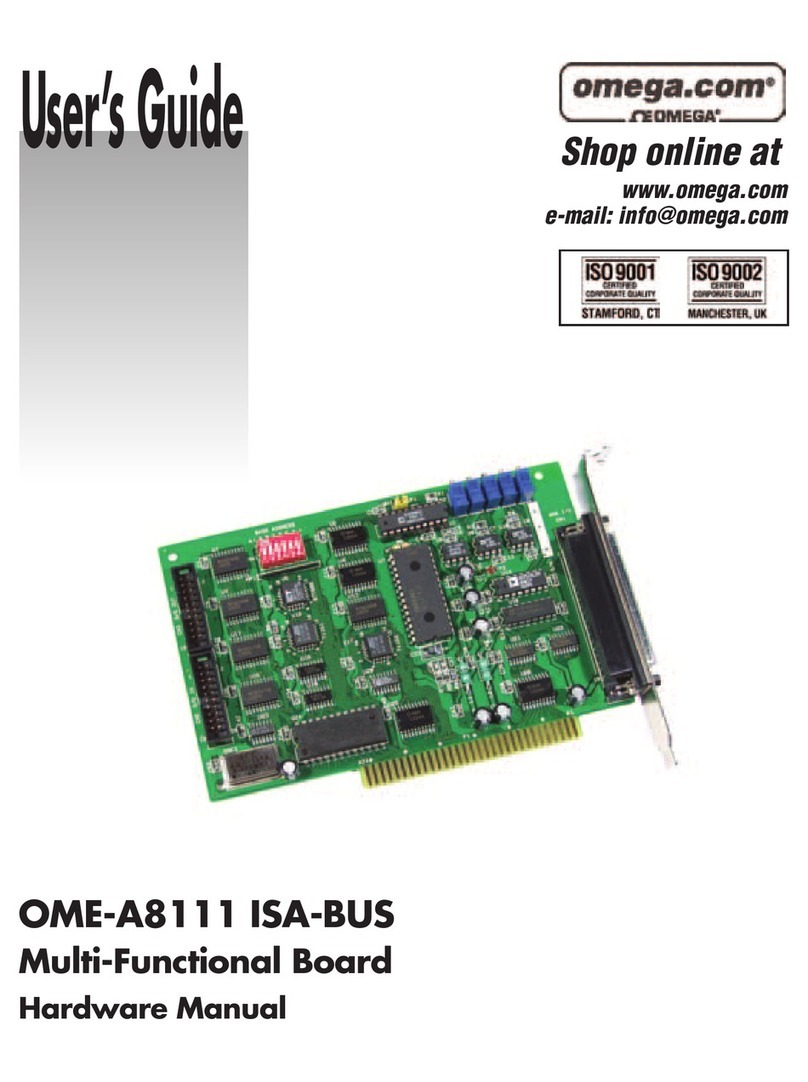
Omega Engineering
Omega Engineering OME-A8111 Hardware manual
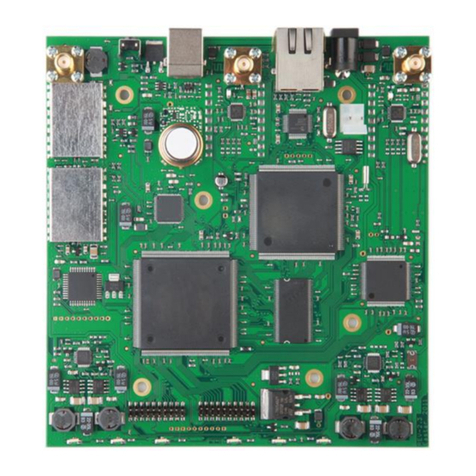
UHP
UHP UHP-1100 General description and installation guide
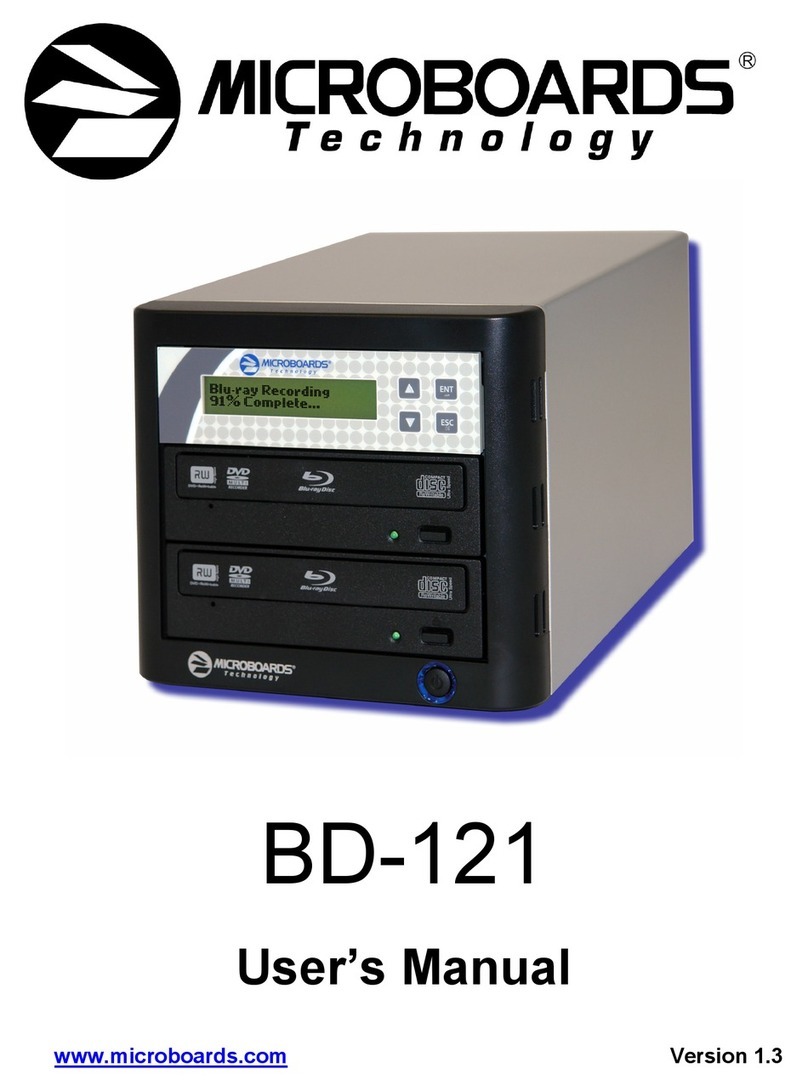
MicroBoards Technology
MicroBoards Technology BD-121 user manual
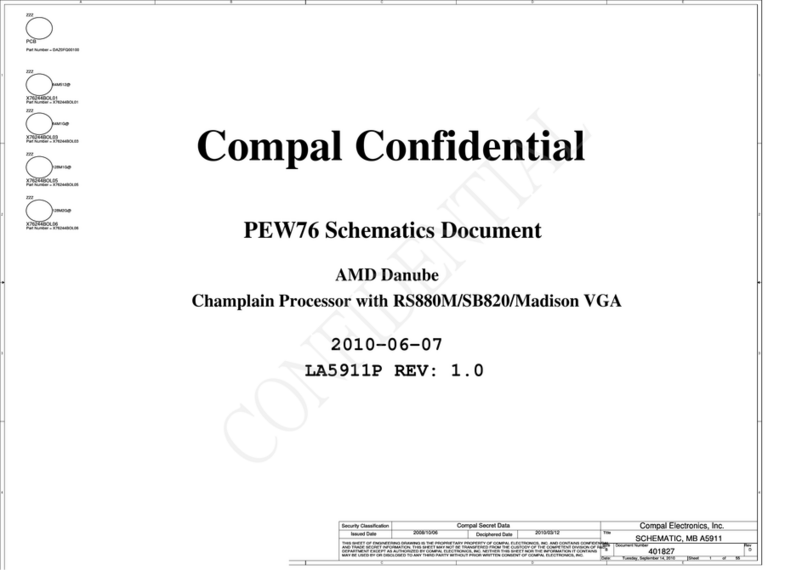
Compal
Compal PEW76 Schematics document
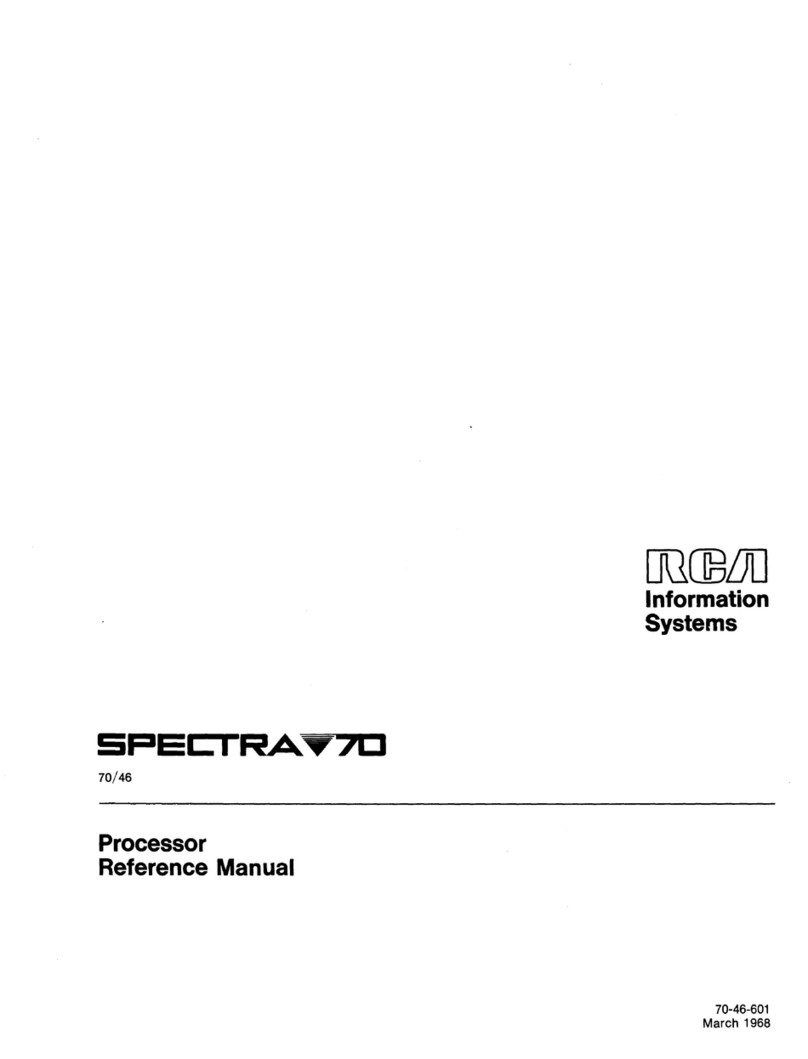
RCA
RCA 70/46 Reference manual
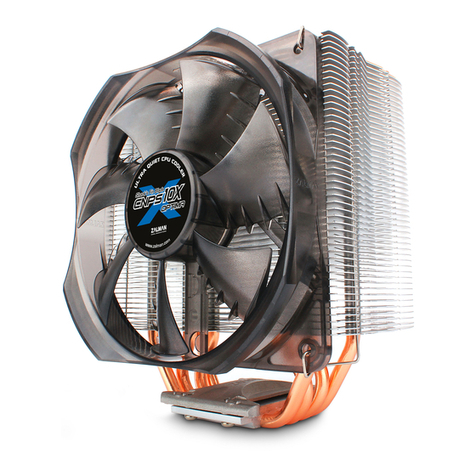
ZALMAN
ZALMAN CNPS10X Optima (2011) user manual
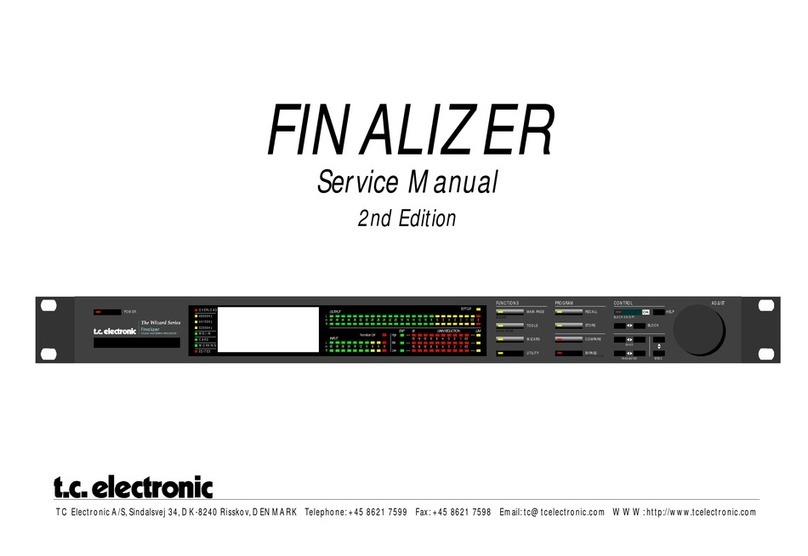
TC Electronic
TC Electronic Finalizer Service manual

Elenco Electronics
Elenco Electronics K-23 Assembly and instruction manual
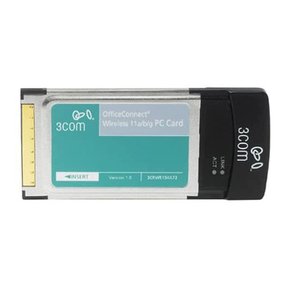
3Com
3Com 3CRSHPW796 user guide

Sun Microsystems
Sun Microsystems Fire 6800 installation guide
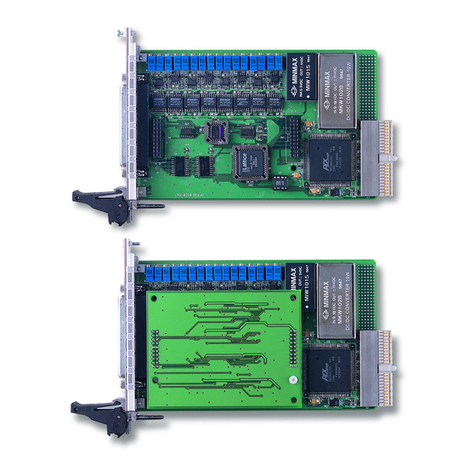
ADLINK Technology
ADLINK Technology 6216-GL Series user manual

